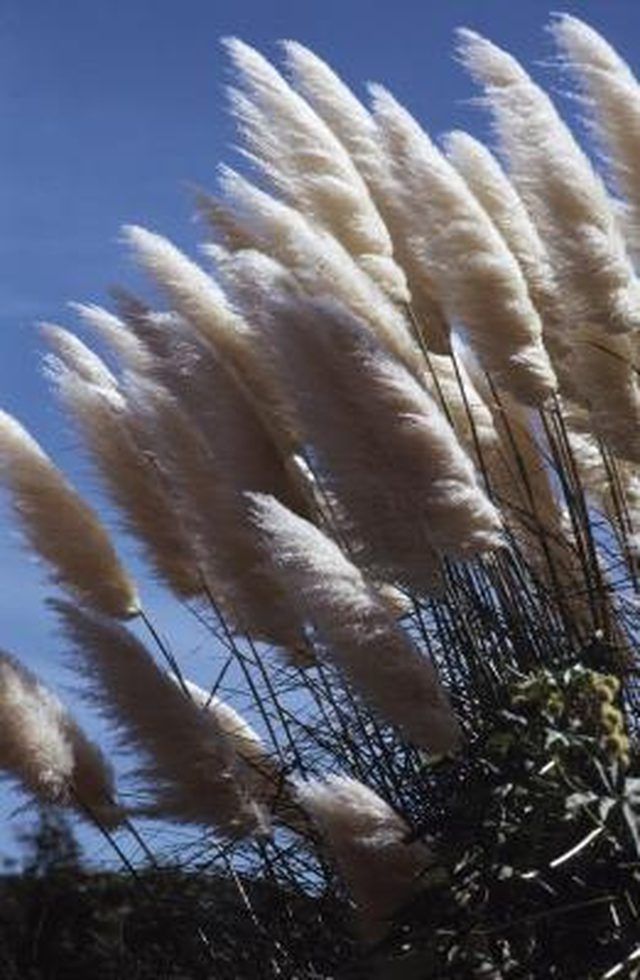Bulbs
Flower Basics
Flower Beds & Specialty Gardens
Flower Garden
Garden Furniture
Garden Gnomes
Garden Seeds
Garden Sheds
Garden Statues
Garden Tools & Supplies
Gardening Basics
Green & Organic
Groundcovers & Vines
Growing Annuals
Growing Basil
Growing Beans
Growing Berries
Growing Blueberries
Growing Cactus
Growing Corn
Growing Cotton
Growing Edibles
Growing Flowers
Growing Garlic
Growing Grapes
Growing Grass
Growing Herbs
Growing Jasmine
Growing Mint
Growing Mushrooms
Orchids
Growing Peanuts
Growing Perennials
Growing Plants
Growing Rosemary
Growing Roses
Growing Strawberries
Growing Sunflowers
Growing Thyme
Growing Tomatoes
Growing Tulips
Growing Vegetables
Herb Basics
Herb Garden
Indoor Growing
Landscaping Basics
Landscaping Patios
Landscaping Plants
Landscaping Shrubs
Landscaping Trees
Landscaping Walks & Pathways
Lawn Basics
Lawn Maintenance
Lawn Mowers
Lawn Ornaments
Lawn Planting
Lawn Tools
Outdoor Growing
Overall Landscape Planning
Pests, Weeds & Problems
Plant Basics
Rock Garden
Rose Garden
Shrubs
Soil
Specialty Gardens
Trees
Vegetable Garden
Yard Maintenance
How to Transplant Pampas Grass
How to Transplant Pampas Grass. Pampas grass is a native grass to South America that grows very tall and usually flowers at some point in the growing season. It is generally used as an ornamental piece in landscaping but reproduces so easily and quickly that it's often considered a nuisance instead of a lovely high-growing flower. Transplanting...

Pampas grass is a native grass to South America that grows very tall and usually flowers at some point in the growing season. It is generally used as an ornamental piece in landscaping but reproduces so easily and quickly that it's often considered a nuisance instead of a lovely high-growing flower. Transplanting pampas grass is very simple, but you must plant it at the proper time.
Things You'll Need
Tipped shovel
Pick-axe
Manure
Wait until springtime to transplant the grass, as it has yet to begin to grow and the soil must be defrosted enough for you to dig it out. Cut the grass back to about 1.5 to 2 feet, and discard any of the dead grass. You can identify the dead grass easily as it is brittle, dry and brown.
Use a tipped shovel to dig a hole about twice as wide as the plant and just as deep. Use a pick-axe to loosen the soil once the hole is dug. This allows the pampas grass' roots to take much easier.
Remove the pampas grass from the ground by using the tipped shovel to go around the base of the plant, removing the roots from the soil. It's difficult to damage the plant because of its quick reproduction.
Mix manure with the loosened soil in your newly dug hole, then place the pampas grass into the hole. Fill the hole with the removed dirt, and water it very well as it needs irrigation for its roots to take.